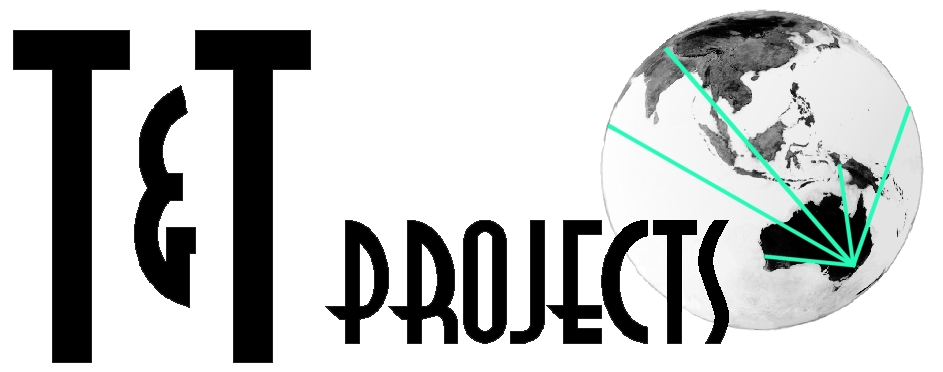Dust Control
Our core experience is simply based on knowledge of the emission chain linkages throughout mineral process operations in the dryest continent on earth.
Passive In-Process solutions are rarely given adequate attention as they are seen to add unnecessary complications (and costs) to the front or base design phase of most projects. Invariably these become tail end issues and the very ones that blow out a projects cost simply due to the inevitable rush to complete that occurs at the end of every project design phase with dust control being the lowest priority element to be confronted. In such instances the inevitable consequence is a plant design deficient in fugitive emission controls.
It is for this reason that T&T are often contracted by owners and project managers to conduct parallel audits of plant designs under way to ensure that the best available practice is adopted.
Our knowledge, expertise and track record is in the design and configuration of comminution, classification and bulk solids handling plant that minimises the generation and escape of airborne particulates.
The best solutions are those that collectively embrace the ‘standard’ recommended approaches as typified by the ACGIH as a minimum, the detail dynamic characteristics of each individual piece of equipment or plant and the characteristics of material being processed.
Our design process based on our unique design expertise utilises current BKP that fully embraces the dynamics of variables that characterise the equipment to which ducted systems connect or passive controls are best applied.
Our detail knowledge in this regard allows us to embrace both passive and active control selection to resolve issues where in most instances it is vital as the first step to address the cause (as opposed to a reactive focus on the “source”) rather than treat the symptom
The company’s founder, owner and principal consultant provides the company’s unique knowledge base through having gained considerable design/application engineering experience with the worlds leaders in comminution and classification technology as well as in dust removal and associated control technologies. Such companies have included Allis-Chalmers, Marcy (Mine & Smelter) Hazemag, Krupp, Ibag, Lokomo, Joy Western Precipitation, Clyde Carruthers, UOP Aeromix, Wheelabrator, Standard Filterbau and Macawber International who all represent some of the best in equipment design for their respective fields.
It is this unique hands-on practical and proven experience that has resulted in the development of today’s benchmark practice that have become the best known, emulated by many, but understood by few.
This unique experience base with some of the driest ore types and in the one of the most environmentally unfriendly and difficult parts of the world complimented by full knowledge of the dynamics of impact crushing technology gained through training in Finland, Germany and Austria, well complimented by the technology base attained earlier throughout Australasia, places T&T Projects at the forefront of service providers internationally.
Unaware to many in the field of dust control this technology together with that associated with pneumatic transfer systems provides the best understanding and appreciation for the dynamics and behaviour of airborne particulate matter. It is this unique knowledge base in combination with research in our own mineral test facility that has enabled the company to pioneer and produce its specialised proven emission suppression systems.
So, if your need is to resolve problems with
- excessive emissions from ROM ore bins
- difficult emission issues such as with silaceous and fibrous ore types akin to asbestos
- particulate flow in feed hoppers, surge bins and feeder combinations for reasons of uneven flow, unacceptable wear or
- crushing chamber packing, cementation, etc.
- problems with excess induced air flow through mineral sands process plants (MSP’s) and require design guidance
- fugitive emissions from vertical shaft autogenous grinding mills (VSI’s)
- deficient ducted extraction systems
- excess solid particulate emissions from dynamic wet scrubbers
- excessive airflows and associated fugitive emissions through and from conveyor transfers
- excessive return strand ‘carry-back’ emissions and possible deficiencies with belt cleaning
Or you simply require a configuration audit of your plant (or detail design for your new plant) for compliance with best known practice – we have both the knowledge AND experience.
